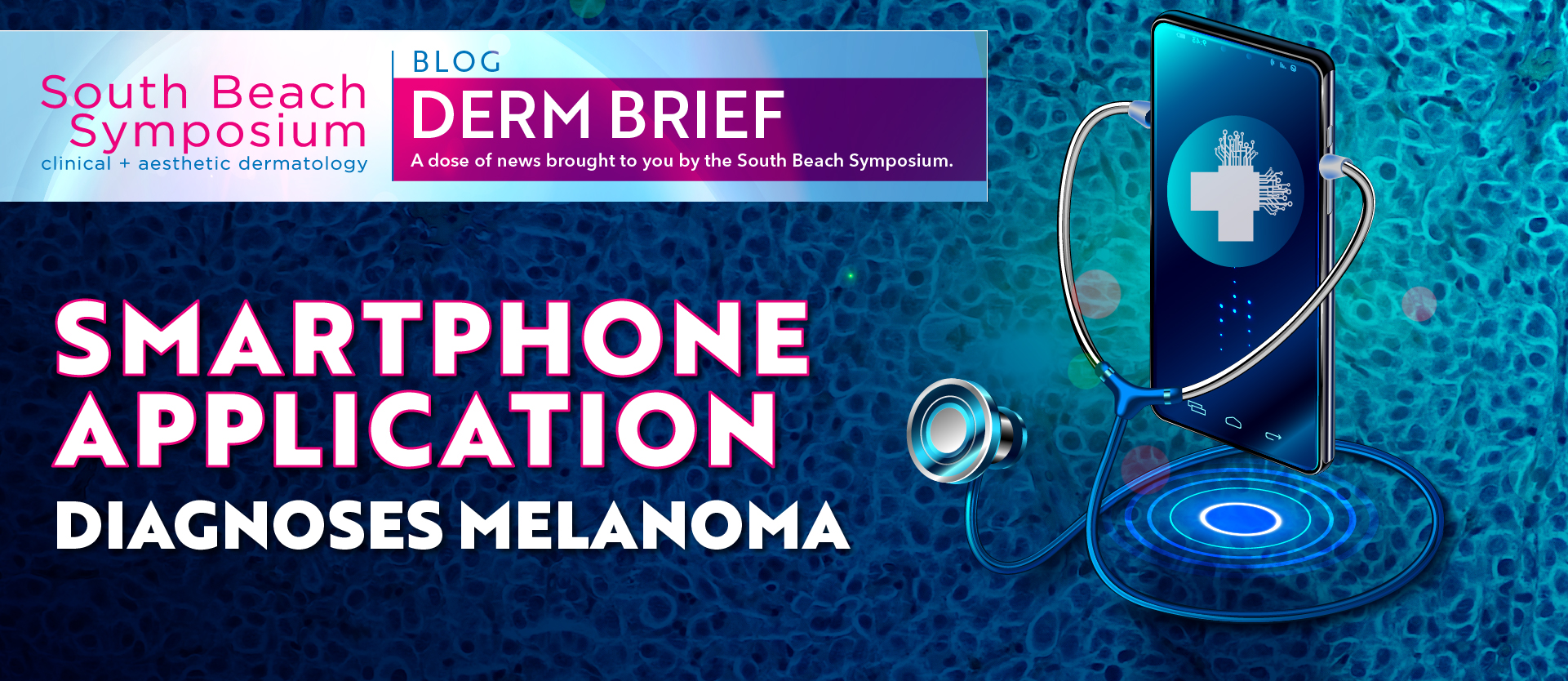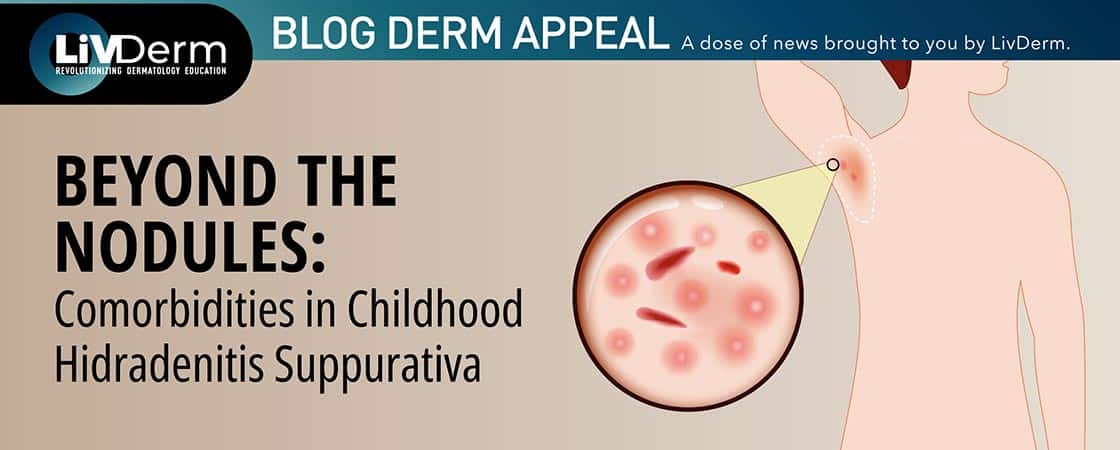While differentiating skin cancer from a harmless lesion can be tricky, Michael Kolodney, the chair of West Virginia University’s Department of Dermatology, has recently developed a smartphone app: designed to help students practice diagnosing melanomas based on their physical appearance. Experienced dermatologists office diagnose their patients’ lesions through visual diagnoses, versus a checklist-based assessment.
While medical students often lack the experience to make such ‘intuitive’ diagnoses, Kolodney’s app—Skinder—is engineered to cultivate such intuition in medical students: before they become practicing clinicians. An initial study’s findings, published in JAMA Dermatology, suggests that the app may improve how accurately medical students diagnose melanomas.
Melanomas are skin cancers that gradually develop from mutations in pigment-making skin cells, and are considered particularly dangerous. With early diagnosis and treatment, the 10-year survival rate for a Stage 1 melanoma—the least severe classification—is greater than 90 percent. Yet if a melanoma progresses to Stage 2, the 10-year survival rate plunges, and ranges from 40 to 67 percent.
“Dermatologists make their diagnoses based on just looking at a lesion and seeing what comes to mind. The reason medical students can’t do that is they have very limited exposure to dermatology,” said Kolodney, who also treats dermatology patients through WVU Medicine. “The idea behind the app was to expose them to thousands of images in a short amount of time to develop this intuitive sense.”
Kolodney’s study of the app involved thirty-six WVU medical students, none of whom had completed a rotation in dermatology. During the study, half of the participants reviewed the oft-used “ABCD rule” for pinpointing & identifying melanomas; the rule explains the ways in which clinicians can recognize melanomas by “their asymmetry, irregular borders, uneven coloring and diameters greater than 6 millimeters.” The study’s other participants utilized the app to quickly browse through images of lesions, and were asked to categorize them as malignant or benign solely based on their appearance—and without formally applying the ABCD rule.
Through Skinder, users evaluate high-resolution images of lesions, and swipe right if they are benign, or left if they are cancerous. While users categorize each lesion, the app tells them if they are correct or not; when the session completes, the app scores overall accuracy. When the students were given a subsequent follow-up test to gauge the efficacy & success with which they could visually diagnose melanomas, participants who had used Skinder showed significantly improved results, versus their counterparts who solely applied the ABCD rule.
Kolodney has stated that the original premise of Skinder could be useful in other medical fields that traditionally rely on visual diagnosis, citing radiology and ophthalmology. “Generally you learn by rules, and then when you get enough experience, you do it by intuition, but can you skip the rules?” Kolodney asked. “How much of medical decision-making is based on experience, and how much is based on actual rules or a decision tree? It’s kind of a philosophical argument.”

















